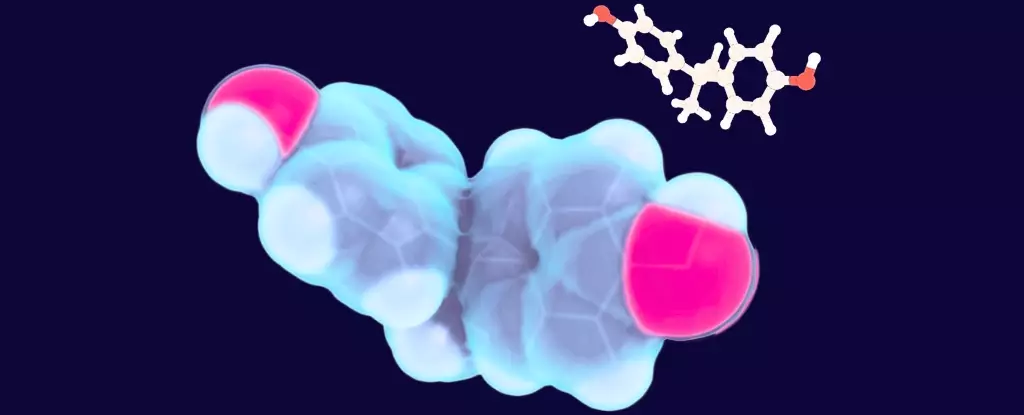Over the past few decades, the number of children being diagnosed with autism spectrum disorder (ASD) and attention deficit hyperactivity disorder (ADHD) has significantly increased. Researchers are now investigating various environmental factors that could contribute to the rise in these neurodevelopmental disorders. One such factor is the common plastic additive bisphenol A (BPA), which has been found to have potential health implications. This article explores the latest study that suggests a connection between BPA and the inability of children with ASD and ADHD to effectively clear out toxins from their bodies.
The Role of Bisphenol A (BPA) in Plastic Production and Food Packaging
BPA is widely used in the production of plastics and can be found in various everyday items, including food and drink cans. However, previous research has linked this plasticizer to hormone disruption, infertility, and even breast cancer. These concerns have prompted researchers from Rowan University and Rutgers University in the US to investigate its impact on neurodevelopmental disorders such as ASD and ADHD.
The researchers conducted a study involving three groups of children: 66 with autism, 46 with ADHD, and 37 neurotypical children. The focus of their investigation was the process of glucuronidation, which is the body’s chemical mechanism for eliminating toxins through urine. The results revealed that children with ASD and ADHD had impaired clearance of BPA and another compound known as Diethylhexyl Phthalate (DEHP) when compared to neurotypical children. This impaired clearance potentially leads to prolonged exposure to the toxic effects of these compounds.
The Impact of Gene Mutations on BPA Clearance
Notably, the reduced clearance efficiency was statistically significant only for BPA, with ASD children experiencing an 11% reduction and ADHD children experiencing a 17% reduction compared to the control group. This suggests that gene mutations in certain individuals may hinder the body’s ability to clear BPA effectively, allowing it to accumulate and potentially interfere with normal neuron development and functioning.
As the research indicates, neurodevelopmental disorders like ASD and ADHD are believed to arise from a combination of genetic and environmental influences. While this study highlights the potential role of BPA in these disorders, it is important to note that not every child with a neurodevelopmental disorder exhibited difficulties in clearing out BPA. Therefore, there are likely other contributing factors at play.
Further studies are needed to delve deeper into how ASD and ADHD manifest in the body. It is crucial to determine whether BPA exposure during pregnancy or later in life is a significant contributing factor in the development of these disorders. The current data is not sufficient to establish a causal link between BPA exposure and neurodevelopmental disorders, but there is a mounting body of evidence supporting the association between environmental pollutants, such as plasticizers, and these conditions.
The rising diagnosis of ASD and ADHD is a matter of growing concern. Investigations into the environmental factors contributing to these neurodevelopmental disorders have led researchers to examine the potential impact of BPA exposure. The study discussed in this article suggests that children with ASD and ADHD have impaired clearance of BPA and may face longer exposure to the toxic effects of this plastic additive. However, further research is required to fully understand the complex interactions between genetics, environment, and the development of these disorders.


Leave a Reply